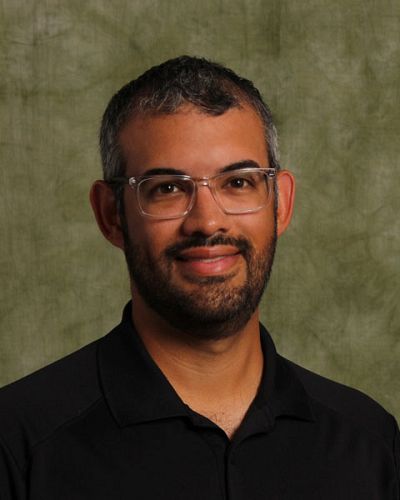Marvin Diaz is an associate professor of psychology at Binghamton University, studying drugs and the widespread impacts they can have on those who indulge in them.
Pipe Dream interviewed Diaz to learn more about the inspiration behind his career, his research on drugs and the PSYC 330: Drugs and Behavior course he teaches.
This interview has been edited for length and clarity.
Q: What kick-started your path to teaching and researching drugs and drug behavior?
A: “My interest started when I started graduate school, and I joined a lab that studied the effects of chronic use on anxiety that can develop during withdrawal from alcohol. I became infatuated with this idea of how the brain adapts to drug exposures — such as the alcohol changing even the wiring. Because of this, during that time, I started becoming interested in the idea that the brain also undergoes tremendous development from early in life through late stages of adult aging. I ended up going to the extreme, the beginning of development, and started researching how alcohol changes the wiring of the brain in utero. So that’s really what has resulted in my current research, which is focused on the effects of prenatal alcohol exposure on developing the nervous system.
Q: Can I hear more about the specifics of your research involving adolescent drug use?
A: “So we know that drug use often initiates in adolescence — [including] legal drugs like alcohol and nicotine — and in the last five years, with the legalization of marijuana and cannabis, that is an age of high vulnerability. We know that the earlier in life someone starts experimenting with drugs, the higher the risk of developing a substance-use disorder. And so my research is in understanding how these prenatal drug exposures shift and increase the risk of adolescents engaging in drug and alcohol use, which may end up increasing the risk of them developing an alcohol use disorder or a substance use disorder.”
Q: What inspired you to focus on adolescents specifically?
A: “There’s a lot of evidence that the adolescent age group is most vulnerable. It’s a heightened age of high risk-taking. It’s an age of a lot of social influences and peer pressure, and that’s an age when people start to be curious and experiment with substances. Like I said, the earlier people start to experiment with drugs, the higher the chances the risks of developing a use disorder are. Unfortunately, the brain is still undergoing a tremendous amount of development during the adolescent period, which further makes for a more vulnerable age point.”
Q: How do you hope this research impacts the scientific community as a whole and how they view drug use?
A: “My goal is to not just understand the mechanisms that are changing in the brains of individuals who may be exposed to substances early in life, but it’s also to use this as a better tool to educate [the community] of the risks of using substances — either in an adolescent period [or] also for women who may be pregnant — and perhaps increase awareness and education about the dangers of it. Unfortunately, there is a lot of misinformation out there about drinking a glass of wine here and there during pregnancies. Recently there’s a lot of talk of using cannabis during pregnancy not being bad, and there’s [also] evidence to suggest that it is bad and it can lead to lifelong problems in the offspring. So my ultimate goal is to try and educate the community and increase awareness of the seriousness of these kinds of issues.”
Q: What do you hope students take away from your Drugs and Behavior course?
A: “My hope is that they leave the class being aware and having some consent over what these substances do — not just at the level of how they change brain function, but how they can lead to a path of something like addiction. Unfortunately, no one is necessarily 100 percent protected against this and no one knows who’s going to be the unlucky one to go down this path. Having some awareness and education of what these drugs do in the moment, [and] what they can lead to in the long term, and basically spreading awareness and education to their peers, to their family, and so on. I think that education and awareness is the best solution to reduce harm in the long run.”



